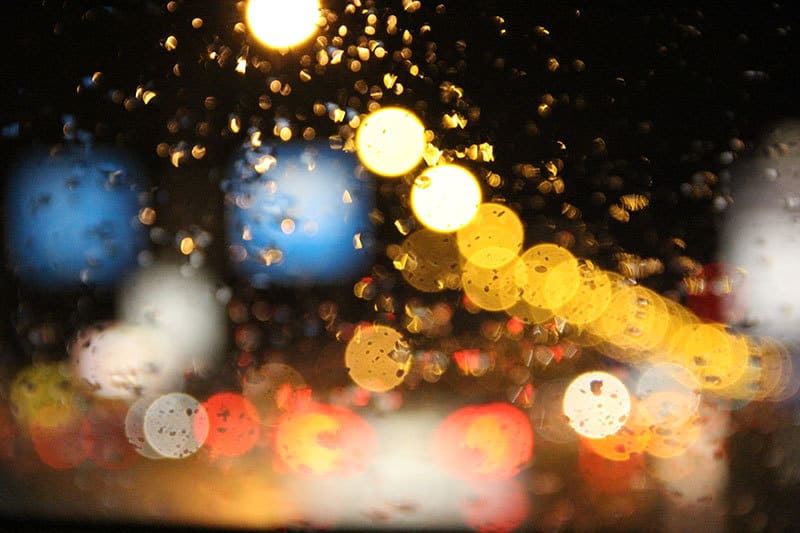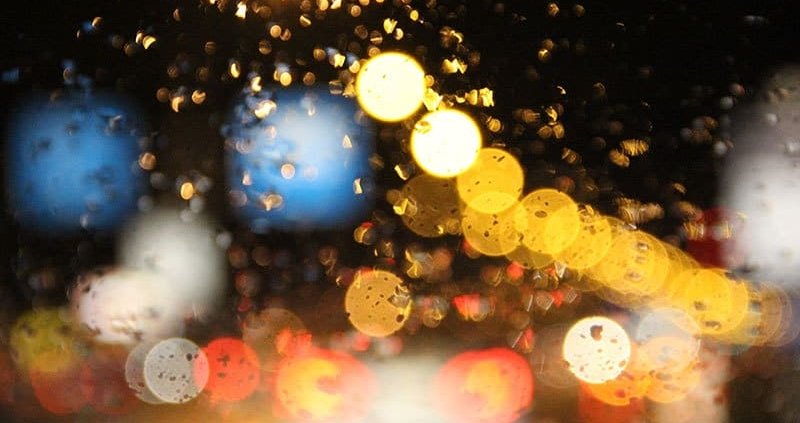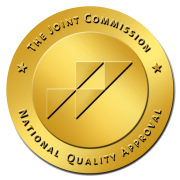Drugged Buzzed Driving Surpasses Drunk Driving

Drug-impaired driving is more complex than alcohol-impaired driving for many reasons:
- Hundreds of different drugs can impair drivers.
- Some drugs that can impair driving are illegal to use, some are legal to use under certain conditions, and some are freely available over-the-counter.
- For many drugs the relations between a drug’s presence in the body, its effect on driving, and its effects on crash risk are complex, not understood well, and vary from driver to driver.
- It’s more difficult for law enforcement to detect drug impairment at the roadside than alcohol impairment.
- It’s more difficult to prosecute and convict a driver for DUID than for alcohol-impaired driving (DUI).
Drug-impaired driving is an increasingly critical issue for states and state highway safety offices. In 2015, the most recent year for which data are available, NHTSA’s Fatality Analysis Reporting System (FARS) reported that drugs were present in 43% of the fatally-injured drivers with a known test result, more frequently than alcohol was present (FARS, 2016). NHTSA’s 2013–2014 roadside survey found drugs in 22% of all drivers both on weekend nights and on weekday days (Berning et al., 2015). In particular, marijuana use is increasing. … Congress identified drug-impaired driving as a priority in the Fixing America’s Surface Transportation (FAST) Act of 2015 (https://www.fhwa.dot.gov/fastact/).
In 2015, at least one instance of 80 of these drugs was reported by states for fatally- injured drivers, together with other drugs not in the FARS list (FARS, 2016). The DRUID (Driving under the Influence of Drugs, Alcohol and Medicines) project, the extensive 19-nation European study of drugs and driving, lists 22 drugs and alcohol as the most common in European drivers (Schulze, 2012). A single drug can have different names and can take different chemical forms. For example, marijuana is the substance that’s smoked or swallowed while its principal psychoactive component is tetrahydrocannabinol (THC), or more precisely its main isomer Δ9-THC. FARS has separate codes for marijuana, THC, Δ9-THC, and Unknown Cannabinoid.
HOW FREQUENTLY ARE DRUGS PRESENT IN DRIVERS?
The best data come from fatal crashes because drivers in fatal crashes, especially fatally-injured drivers, are tested for drugs more frequently than drivers in non-fatal crashes. In 2015 nationwide, in the FARS annual report file, 57.0% of the fatally-injured drivers were tested for drugs. Of those tested, no drugs were detected in 55.4%, a drug in the FARS list was found in 34.3%, some other drug in 7.4%, and test results were unknown for 2.9%. Over one-third – 36.5% – of the identified drugs were marijuana in some form, followed by amphetamine at 9.3% (FARS, 2016).
Alcohol was present at somewhat lower levels. In the 2015 annual report file, 70.9% of the fatally-injured drivers were tested for alcohol. No alcohol was detected in 60.9% of those tested, alcohol at a positive BAC in 37.3%, and test results were unknown for 1.8%.
Fatally-injured drivers in Canada had similar drug and alcohol levels. In 2010, 34.2% were positive for drugs and 39.1% for alcohol, with marijuana present in 36.9% of the drug-positive drivers (Beirness, 2014b). In 2012, 39.2% were positive for drugs (Robertson et al., 2017).
Only 19.0% of surviving drivers were tested for drugs in 2015. They had somewhat lower drug levels: no drugs in 59.9% of those tested, a drug in the FARS list in 26.5%, some other drug in 4.8%, and unknown test results for 8.9%. For surviving drivers, 46.5% of the identified drugs were marijuana. Alcohol was tested in 28.4% of the surviving drivers in 2015. No alcohol was detected in 72.2%, alcohol at a positive BAC in 23.6%, and test results were unknown for 4.2%.
http://www.ghsa.org/resources/drugged-driving-2017
http://www.ghsa.org/sites/default/files/2017-04/GHSA_DruggedDriving2017_FINAL.pdf
Twin Town Treatment Centers is immediately accessible to all Los Angeles and Orange County residents, is accredited by The Joint Commission, and is certified by the California DHCS. All network HMO/PPO/EPO insurance plans and Medi-Cal contract with Twin Town Treatment Centers to provide drug and alcohol rehabilitation. Our phone is answered by real people. We can see people on the same day you call. (866) 594-8844


